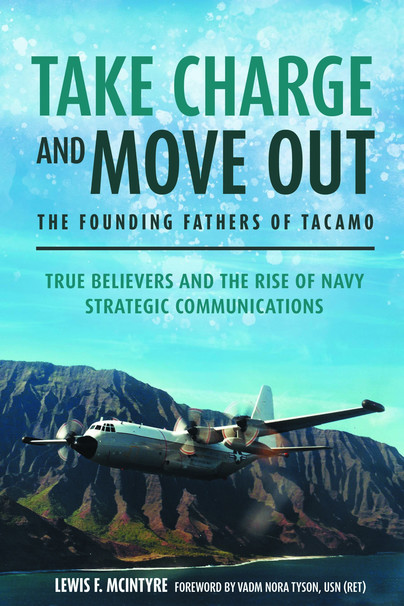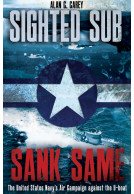Google Books previews are unavailable because you have chosen to turn off third party cookies for enhanced content. Visit our cookies page to review your cookie settings.
Take Charge and Move Out: The Founding Fathers of TACAMO (Hardback)
True Believers and the Rise of Navy Strategic Communications
By
Lewis F. McIntyre
Imprint: Casemate Publishers
Pages: 248
Illustrations: 20 photographs
ISBN: 9781636241548
Published: 15th April 2022
Imprint: Casemate Publishers
Pages: 248
Illustrations: 20 photographs
ISBN: 9781636241548
Published: 15th April 2022
You'll be £27.50 closer to your next £10.00 credit when you purchase Take Charge and Move Out: The Founding Fathers of TACAMO. What's this?
+£4.99 UK Delivery or free UK delivery if order is over £40
(click here for international delivery rates)
Order within the next 4 hours, 3 minutes to get your order processed the next working day!
Need a currency converter? Check XE.com for live rates
(click here for international delivery rates)
Order within the next 4 hours, 3 minutes to get your order processed the next working day!
Need a currency converter? Check XE.com for live rates
TACAMO, an unusual moniker meaning 'Take Charge and Move Out', is the Navy's well-known and respected leg of the nation's national strategic communications, a key element of the US nuclear deterrence posture. But TACAMO has not always been so recognized. For the junior officers in the early days of the 1960s and 1970s, TACAMO was a career-killing backwater, likely to put an end to their careers before they even got started. But in the 1970s, inspired by their commanding officer Bill Coyne, a handful of junior officers made the leap of faith to take a second tour in TACAMO, betting their careers that they could bring this community into existence. This is the story of eleven of those 'True Believers', told in their own words, how each came to make that leap of faith to bring the TACAMO community into existence against all odds, moulding it into what it is today. Out of this pioneering cadre came eleven future commanding officers and three commodores of a Wing yet twenty years in the future. And the 'True Believers' went on beyond TACAMO to make major contributions to all aspects of national strategic communications, some at the level of the White House.This is their story.
There are no reviews for this book. Register or Login now and you can be the first to post a review!
About Lewis F. McIntyre
Lewis McIntyre graduated from the Naval Academy in 1970, earning his wings as a Naval Flight Officer. He was assigned to TACAMO Squadron VQ-4 in 1972 flying EC-130 Hercules aircraft. He requested a second tour in VQ-3 in Guam after completing the Naval Postgraduate School in 1977. Throughout his naval career, he held various positions in test and evaluation, tactical and strategic command and control, retiring in 1990. Following his Naval retirement, he pursued a second career as an engineer in support of the other TACAMO mission, finally putting that aside to start a third career as a writer.
Other titles in Casemate Publishers...















